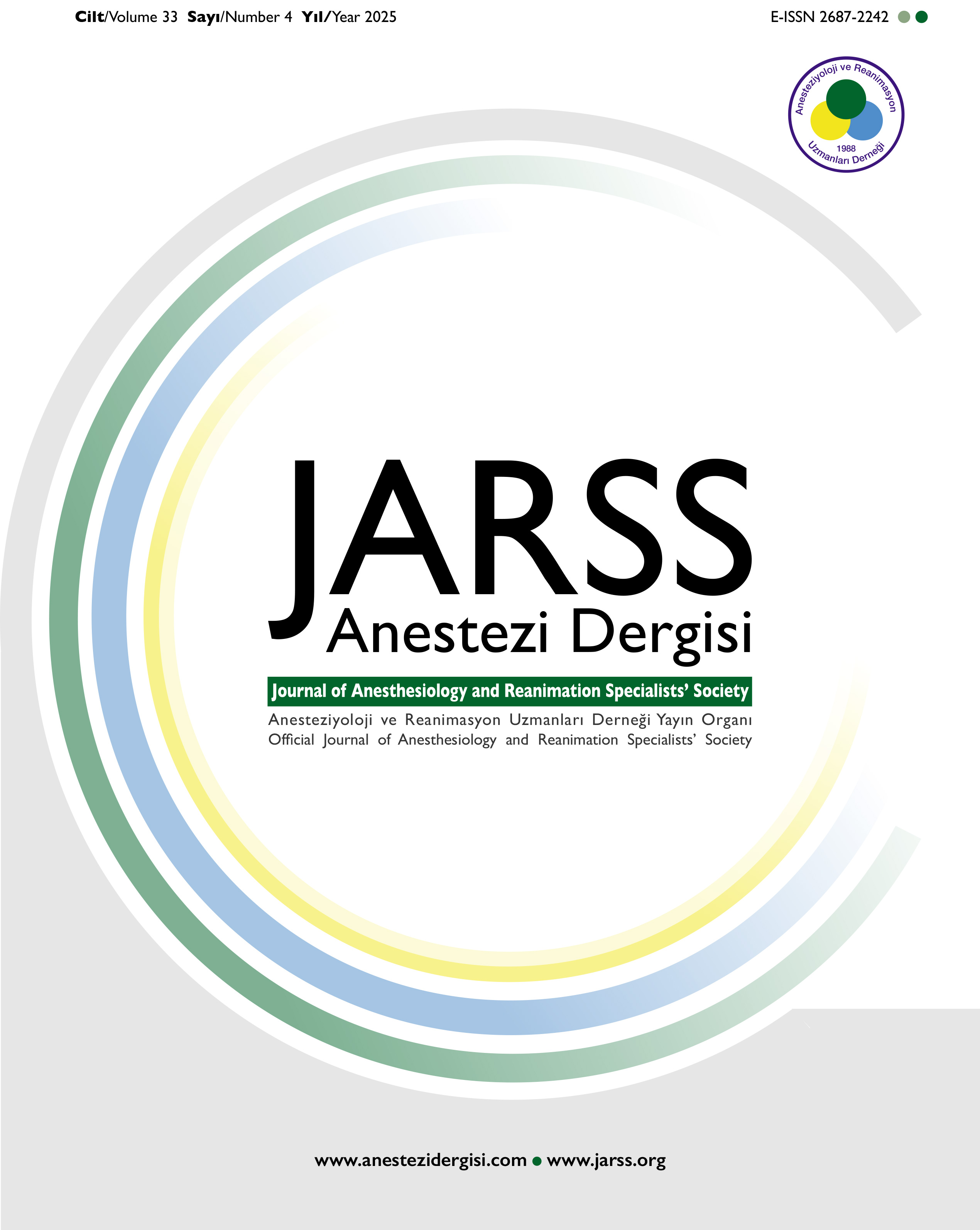The effect of gall bladder bed infiltration on analgesia in laparoscopic cholecystectomy
Ahmed Sadek, Ibrahim Ibrahim Abd El Baser, Alaa MazyDepartment of Anesthesia and Surgical Intensive Care, Faculty of Medicine, Mansoura University, Mansoura, EgyptINTRODUCTION: Gall bladder is highly innervated by parasympathetic and sympathetic nervous system through anterior hepatic plexus, posterior hepatic plexus and the phrenic nerves. The aim of the current study was to evaluate the efficacy of infiltration of lidocaine into gall bladder bed in controlling postoperative abdominal pain and reducing analgesic consumption following laparoscopic cholecystectomy.
METHODS: This randomized prospective double blind study was conducted on 70 patients submitted for laparoscopic cholecystectomy, 6 patients were excluded or dropped out, and they allocated into 2 groups, control group (n=32) in which gall bladder bed was infiltrated with normal saline and infiltration group (n=32) in which lignocaine was infiltrated into gall bladder bed. Postoperative pain, time of first rescue analgesia and analgesic consumption were recorded in the first postoperative 24 hours.
RESULTS: The postoperative visual analogue score for visceral pain at rest was significantly lower in infiltration group than the control group at rest coughing and movement and was similar for somatic pain during the first postoperative 24 hours. Time of first rescue analgesia was significantly longer in infiltration than the control group. The number of patients required morphine was significantly smaller and the total dose of postoperative analgesic consumption was lower in infiltration than the control group.
DISCUSSION AND CONCLUSION: Gall bladder bed infiltration with lignocaine was associated with decreased visceral pain intensity at rest, coughing and movement with reduced analgesic consumption in the first postoperative 24 hours.
Makale Dili: İngilizce
(2545 kere indirildi)












